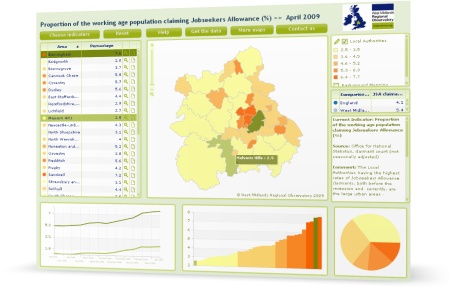 Innovation is an essential driver for regional economic growth and a new national report has revealed how significant it can be in closing the productivity gap.
Innovation is an essential driver for regional economic growth and a new national report has revealed how significant it can be in closing the productivity gap.
Two thirds of private sector productivity growth between 2000 and 2007 was driven by innovation, claims a new report by NESTA.
The findings are revealed in The Innovation Index: Measuring the UK’s investment in innovation and its effects (PDF, 1.59mb), the most ambitious attempt yet to measure the contribution of innovation to the UK’s economic growth.
Filed under: Data, Economy & Labour Force, Enterprise, Innovation, Skills | Tagged: economic growth, economic indicators, economic trends, Innovation, innovationindex, productivity, Research | Leave a comment »


 NESTA’s recent report
NESTA’s recent report 

 Research into the impact of the Big Lottery-funded New Opportunities for PE and Sport programme (NOPES) has captured valuable information about some of the benefits of investment in sport.
Research into the impact of the Big Lottery-funded New Opportunities for PE and Sport programme (NOPES) has captured valuable information about some of the benefits of investment in sport.



 The
The 


